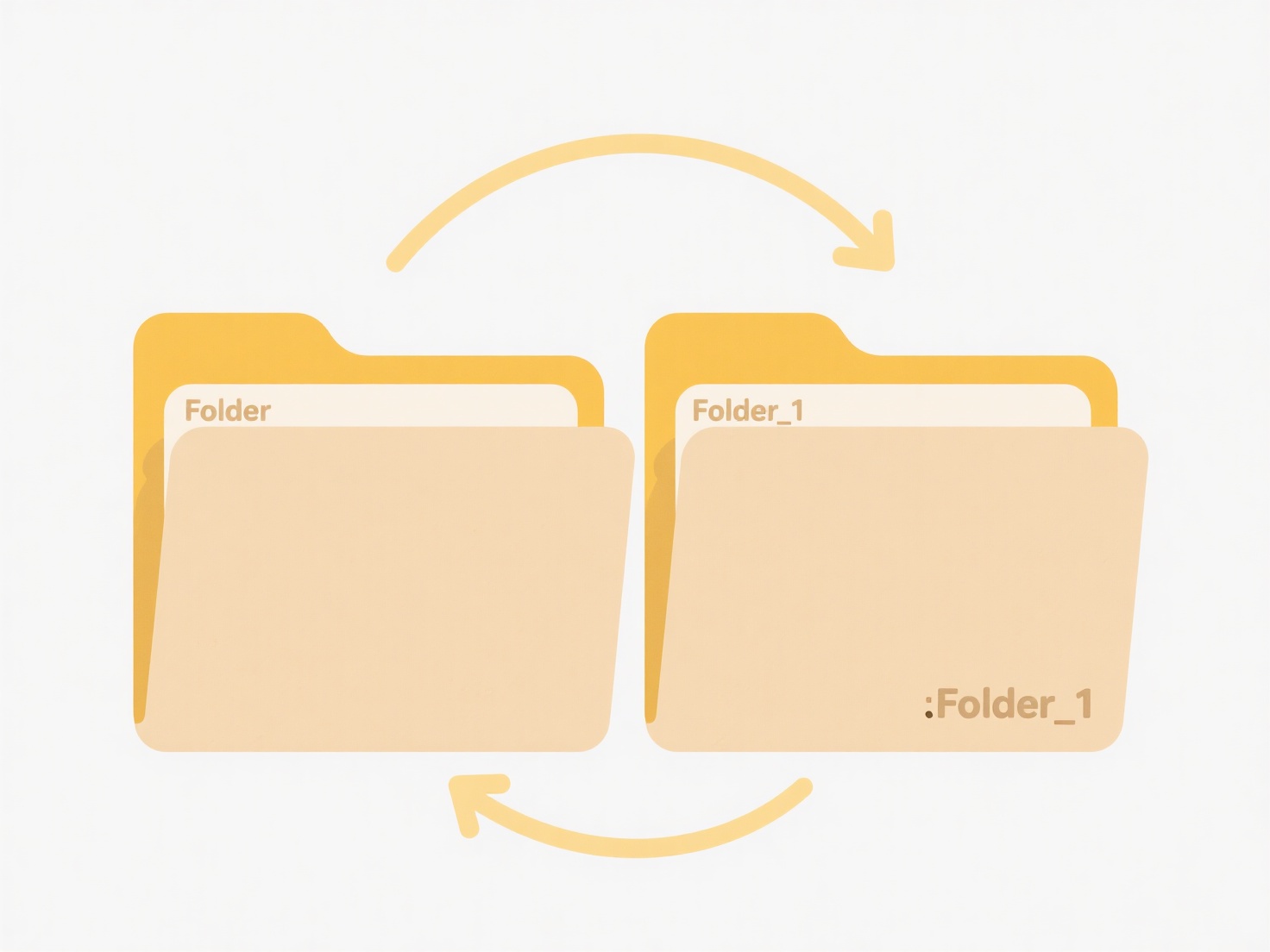
Preventing lost files from poor organizational structure involves establishing logical storage systems. Instead of arbitrary naming or chaotic folder trees, develop consistent categorization schemes based on project, date, client, or file type. This contrasts with relying solely on search tools, as poor structure can make search ineffective. Effective structure creates predictable locations, minimizing misplacement.
Common practices include using clearly named main folders (e.g., "Project_X," "2023_Financials," "Client_Y_Assets") with well-defined subfolders. Photographers often organize by date or shoot name within client folders. Software developers group files by source code, documentation, and build assets in version control. Tools like cloud storage platforms or document management systems support these hierarchies.

Implementing good structure significantly reduces the risk of data loss, saving time and frustration. Advantages include easier collaboration and retrieval. The main constraint is the initial effort required to design and enforce the system consistently. A disorganized archive can be daunting to reorganize. Ethically, clear structure ensures data accessibility and supports record-keeping responsibilities. While future tools may improve discovery, fundamental organization remains critical for reliable file management long-term.
How do I prevent lost files from bad structure?
Preventing lost files from poor organizational structure involves establishing logical storage systems. Instead of arbitrary naming or chaotic folder trees, develop consistent categorization schemes based on project, date, client, or file type. This contrasts with relying solely on search tools, as poor structure can make search ineffective. Effective structure creates predictable locations, minimizing misplacement.
Common practices include using clearly named main folders (e.g., "Project_X," "2023_Financials," "Client_Y_Assets") with well-defined subfolders. Photographers often organize by date or shoot name within client folders. Software developers group files by source code, documentation, and build assets in version control. Tools like cloud storage platforms or document management systems support these hierarchies.

Implementing good structure significantly reduces the risk of data loss, saving time and frustration. Advantages include easier collaboration and retrieval. The main constraint is the initial effort required to design and enforce the system consistently. A disorganized archive can be daunting to reorganize. Ethically, clear structure ensures data accessibility and supports record-keeping responsibilities. While future tools may improve discovery, fundamental organization remains critical for reliable file management long-term.
Related Recommendations
Quick Article Links
Why are synced folders duplicating with suffixes?
Synced folders duplicating with suffixes typically occurs due to file name conflicts during synchronization. When multip...
Why does macOS show “You don’t have permission to save”?
The message "You don't have permission to save" indicates macOS is blocking your action due to file system permissions. ...
What’s the best format for printing?
The term "best" printing format depends heavily on the specific use case, material, and intended output device. There is...